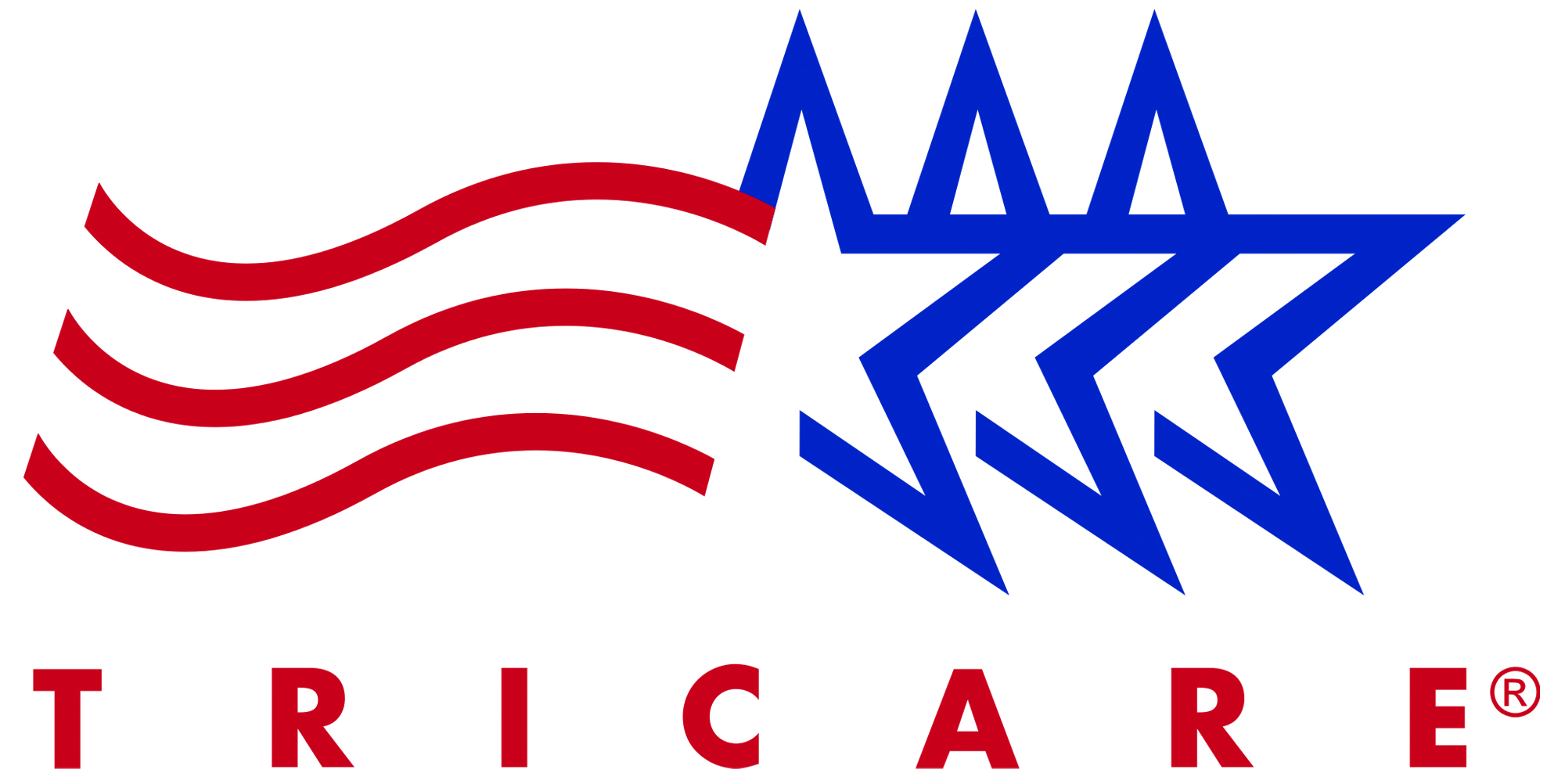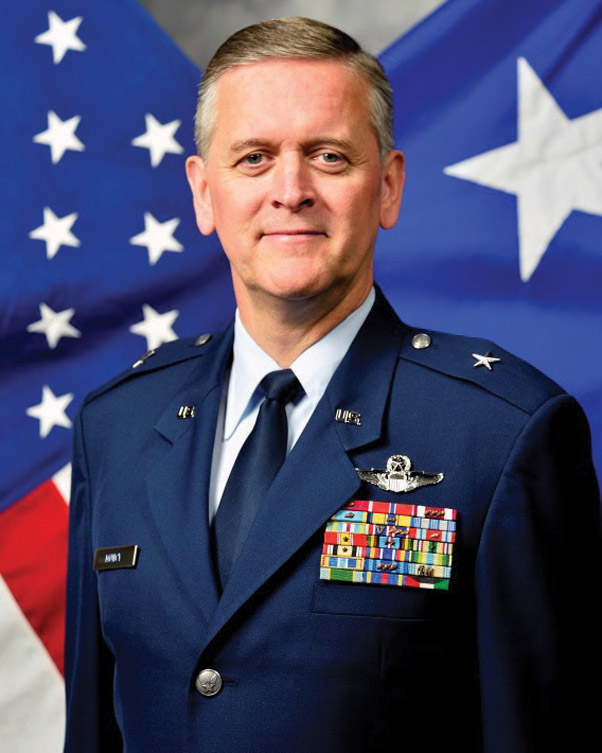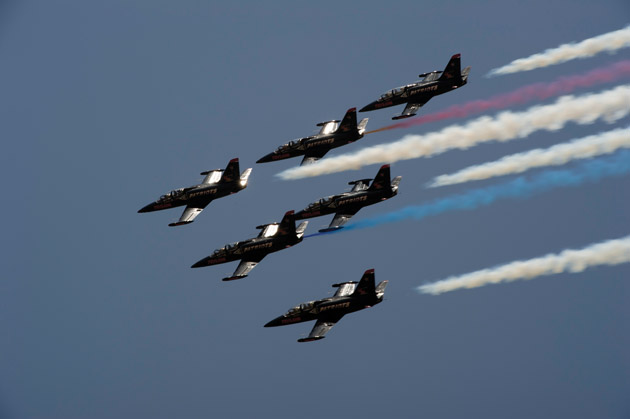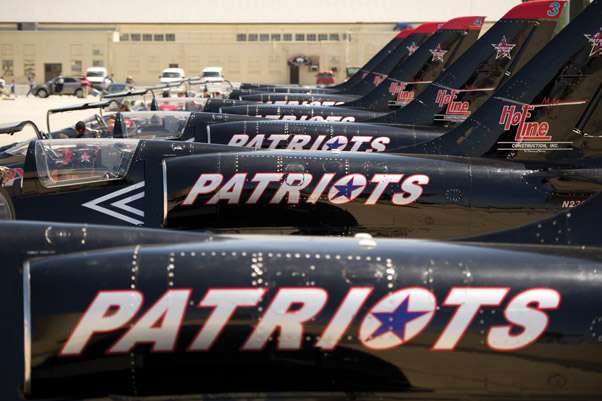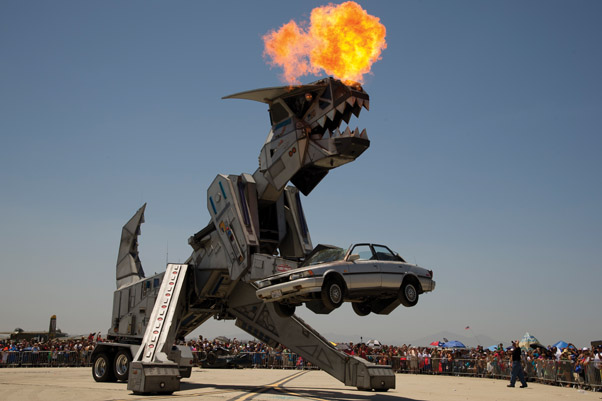FALLS CHURCH, Va. (AFNS) — People in distress may hesitate to reach out for help due to perceived stigma associated with seeking mental health treatment. This perception and the belief that care may be hard to get, may prevent some people who need care from getting it. TRICARE has worked hard to eliminate potential barriers to mental health care by removing day limits for certain mental health services.
When a mental health condition requires more intensive treatment than outpatient care, partial or full-time hospitalization may be required. The inpatient psychiatric hospitalization benefit was limited to 30 days per benefit year for adults and 45 days for children or adolescents. You could request a waiver for additional treatment days if needed.
However, inpatient mental health hospital services, regardless of length or quantity, may be covered as long as the care is considered medically or psychologically necessary and appropriate. Likewise, the psychiatric partial hospitalization benefit previously had a 60 day per benefit year limitation that could be extended with a waiver. This 60-day limitation has been removed to ensure that beneficiaries receive care for as long as needed.
In addition, the 150-day limit on residential treatment care for beneficiaries under 21 years old has been removed. Although medical determination is still required, there is no day limit.
If you or someone you know requires mental health care, get help. If you believe emergency care is required, you can get emergency psychiatric care without pre-authorization. However, you must get authorization within 72 hours of admission and the 72 hours starts the day after admission.
Medical or surgical care does not and has not historically had day limits on care. Now, thanks to the federal mental health parity law, which requires that mental health benefits be equal to medical or surgical healthcare benefits, the same is also true for mental health care. For more information about mental health coverage, visit http://www.tricare.mil/CoveredServices/Mental/Treatments.aspx.
